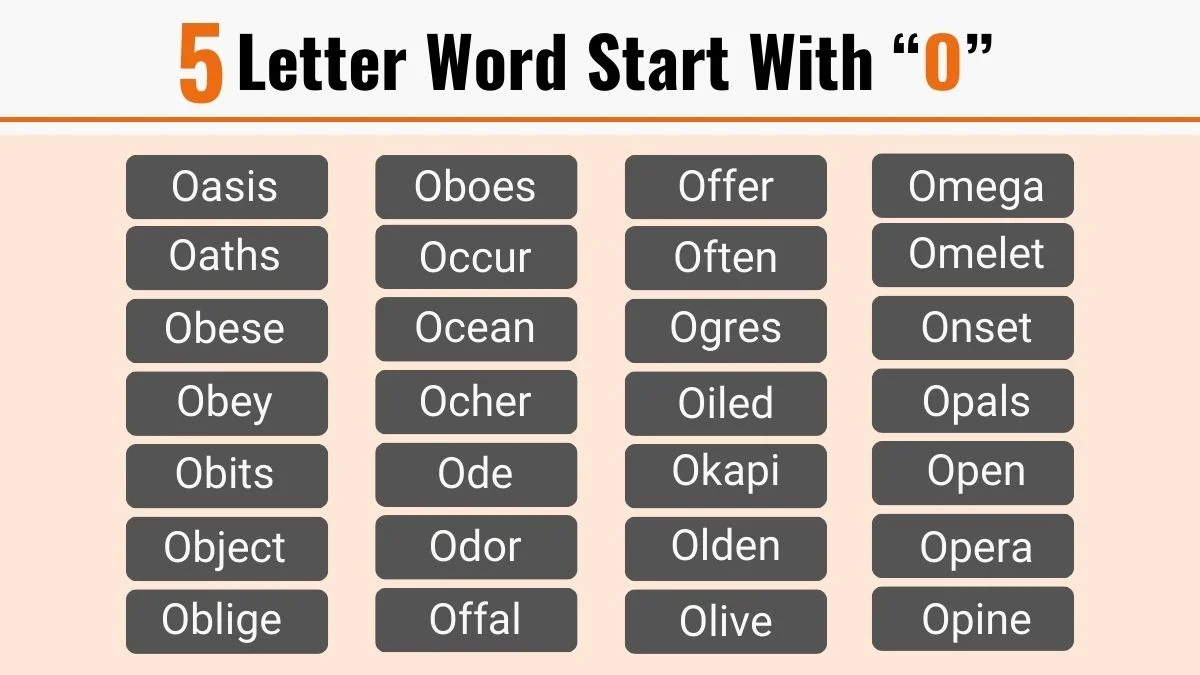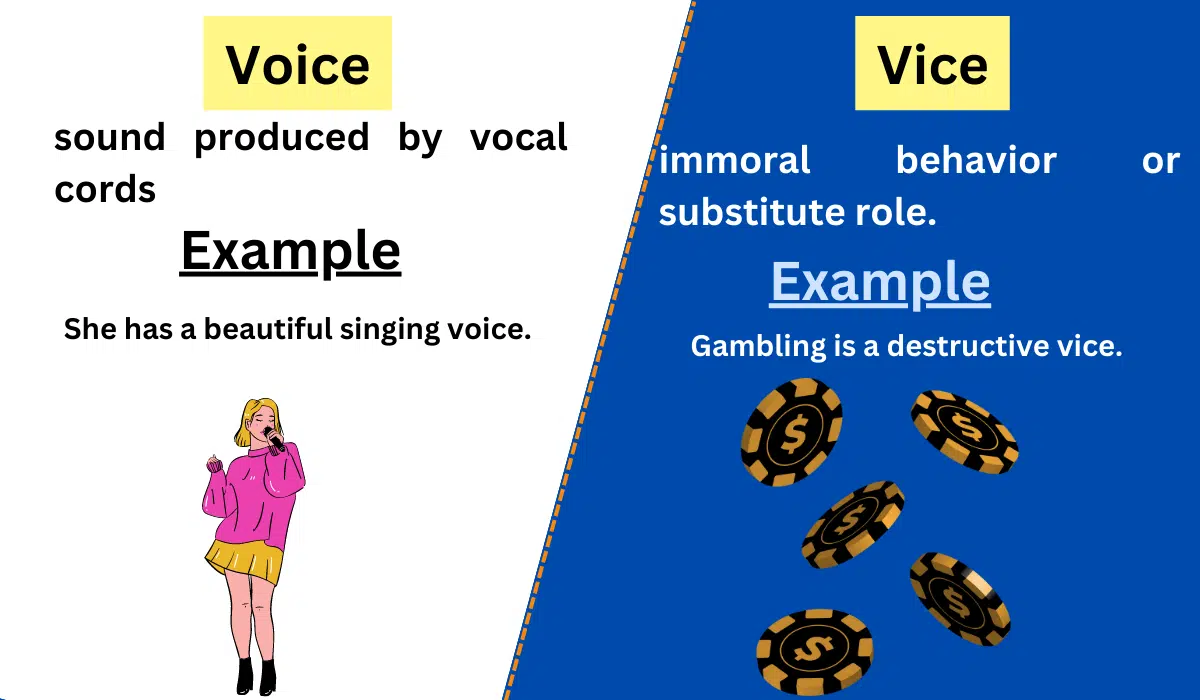Thorn vs. Throne-Difference between and Examples
In English, certain words may sound similar but have distinct meanings and usage. One such pair is “thorn” and “throne.” While they may share a similar pronunciation, these words have different definitions and contexts in which they are used. This article aims to clarify the difference between “thorn” and “throne,” providing examples and explanations to help readers grasp their proper usage. By understanding the nuances of these words, individuals can communicate their intended meaning effectively and avoid misunderstandings. Let’s explore the meanings and uses of “thorn” and “throne” in English.

Meanings and Examples
Thorn meaning
Thorn refers to a sharp, pointed, and often prickly projection or spine found on certain plants, such as roses or thistles.
Thorn Examples
a) She accidentally pricked her finger on a thorn while picking roses.
b) The hiker carefully navigated through the dense bushes, avoiding the thorns.
c) The thorn caused a small wound on his hand.
Throne meaning
A throne typically refers to an ornate and elevated seat of authority, usually reserved for a monarch or ruler.
Throne Examples
a) The king ascended the throne after the passing of his father.
b) The queen sat gracefully on her golden throne, adorned with jewels.
c) The throne room was grandly decorated, reflecting the power and prestige of the ruling monarch.
Difference between Thorn and Throne
| Thorn | Throne | |
| Meaning | Noun: sharp, pointed projection or spine found on certain plants | Noun: an ornate and elevated seat of authority, typically for a monarch or ruler |
| Example | “She accidentally pricked her finger on a thorn while picking roses.” | “The king ascended the throne after the passing of his father.” |
| Usage | Plants, prickly projections, horticulture | Monarchy, royalty, seat of authority |
| Context | Botany, gardening, nature | Royalty, monarchy, leadership |
Usage in a Paragraph
The noun “thorn” refers to a sharp and often prickly projection or spine found on certain plants. These thorns serve as a natural defense mechanism for plants, deterring animals and humans from touching or damaging them. When handling plants like roses or thistles, one must be cautious of the thorns to avoid getting pricked. The presence of thorns can make pruning or gardening tasks more challenging, requiring careful maneuvering to avoid injury. In the context of botany and horticulture, “thorn” is commonly used to describe these sharp projections and their role in plant anatomy.
On the other hand, the noun “throne” typically refers to an ornate and elevated seat of authority. Thrones are often associated with monarchies and royalty, symbolizing power and sovereignty. They serve as a symbol of leadership and are reserved for rulers, such as kings and queens. Thrones are usually lavishly decorated and positioned prominently in ceremonial settings. Ascending the throne signifies the assumption of power and responsibility. In discussions related to the monarchy, leadership, and royal traditions, the term “throne” is frequently used.
In summary, “thorn” and “throne” may sound alike but have distinct meanings and contexts. “Thorn” refers to a sharp projection or spine found on certain plants, acting as a natural defense mechanism. It is commonly used in discussions related to botany, gardening, and nature.







Leave a Reply